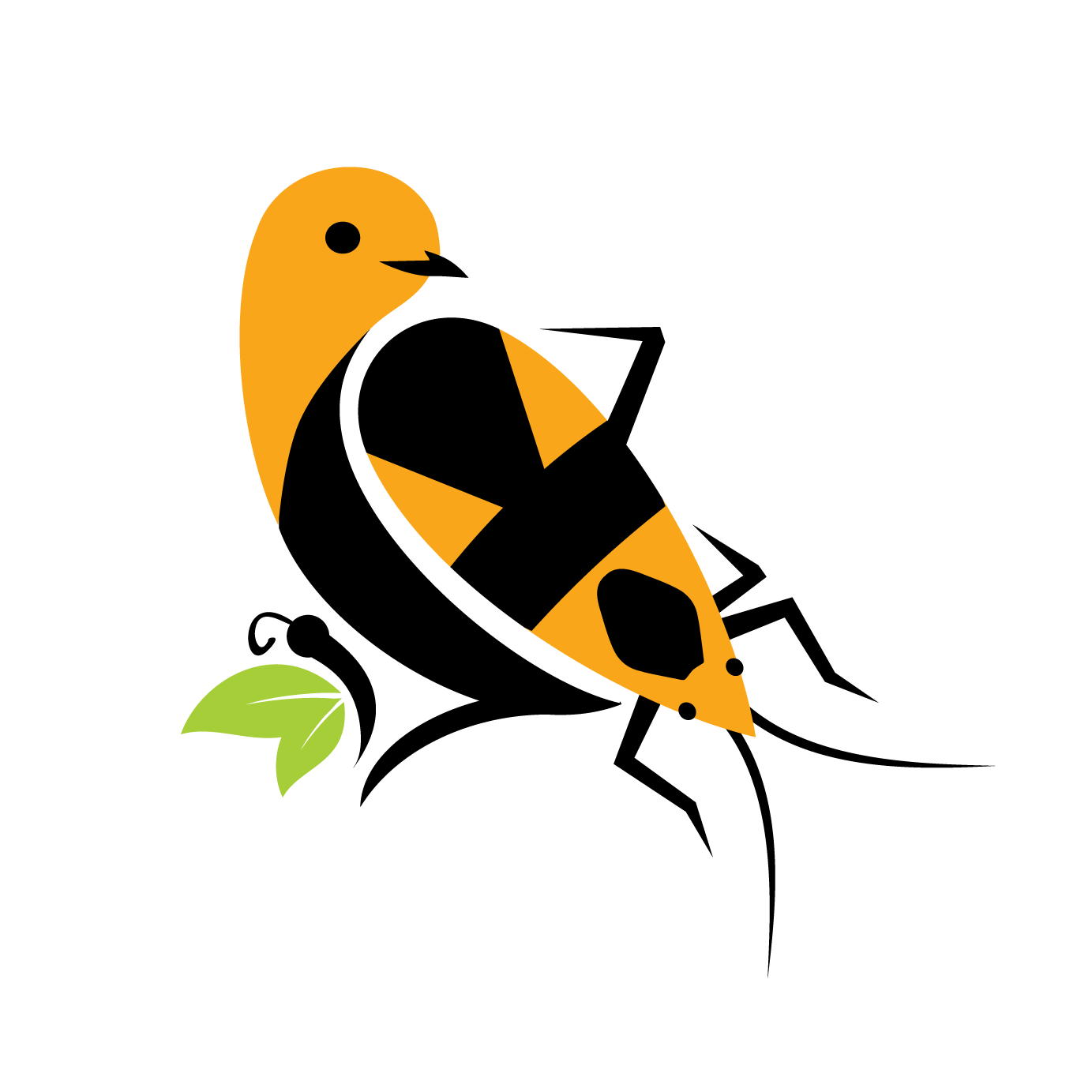Toxic Signals and Molecular Resistance: The Evolutionary Ecology of Cardiotonic Steroids
Cardiotonic steroids are potent plant-derived toxins used by many insects as chemical defences against predators. These compounds, which target the Na⁺/K⁺-ATPase enzyme, are sequestered from host plants and often advertised through conspicuous warning signals—a strategy known as aposematism.
Our research investigates the evolutionary and ecological dynamics of cardiotonic steroid use in chemically defended insects, such as the large milkweed bug (Oncopeltus fasciatus). We explore how variation in toxin quantity and composition shapes—and is shaped by—biotic interactions, and how these pressures maintain diversity in warning signals.
At the molecular level, we focus on the Na⁺/K⁺-ATPase gene family, the primary target of cardiotonic steroids. By analysing the evolution of resistance-conferring mutations and functionally characterising their effects, we uncover how insects and vertebrates adapt to the toxins they consume—and how these adaptations influence ecological outcomes.
Publications
Rubiano-Buitrago, R., Pradhan, S., Aceves-Aparicio, A., Mohammadi, S., Paetz, C., Rowland, H. M. (2024) Cardenolides in the defensive fluid of adult large milkweed bugs have differential potency on vertebrate and invertebrate predator Na+/K+–ATPases. Authorea https://doi.org/10.22541/au.169658664.45852491/v1
Rubiano-Buitrago, P., Pradhan, S., Grabe, V., Aceves-Aparicio, A., Paetz, C., & Rowland, H. M. (2023). Differential accumulation of cardenolides from Asclepias curassavica by large milkweed bugs does not correspond to availability in seeds or biological activity on the bug Na+/K+-ATPase. Frontiers in Ecology and Evolution, 11, 1175205.
Protti Sánchez, F., Mayer, U., Rowland, H.M.. (2023) Naive domestic chicks show an innate avoidance of red foods and a preference for the shape of green frogs. Journal of Animal Cognition. https://doi.org/10.1007/s10071-023-01821-x
Heyworth, H. C., Pokharel, P., Blount, J.D., Mitchell, C., Petschenka, G., Rowland, H.M. (2023) Antioxidant availability trades off with warning signals and toxin sequestration in the large milkweed bug (Oncopeltus fasciatus). Ecology and Evolution, 13, e09971. https://doi.org/10.1002/ece3.9971
Protti-Sánchez, F., Corrales Parrada, C. D., Mayer, U., Rowland, H. M. (2022) Activation of the nucleus taeniae of the amygdala by umami taste in domestic chicks (Gallus gallus). Frontiers in Physiology 824. https://doi.org/10.3389/fphys.2022.897931
Mohammadi, S., Özdemir, H. I., Ozbek, P., Sumbul, F., Stiller, J., Deng, J., Crawford, A. J., Rowland, H. M., Storz, J. F., Andolfatto, P., Dobler, S. (2022) Epistatic effects between amino acid insertions and substitutions mediate toxin-resistance of vertebrate Na+,K+-ATPases. Molecular Biology and Evolution, 39, msac258, https://doi.org/10.1093/molbev/msac258


